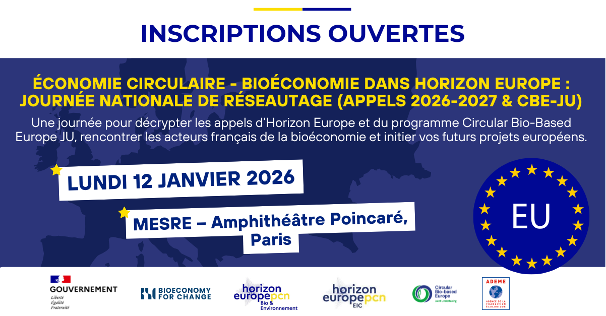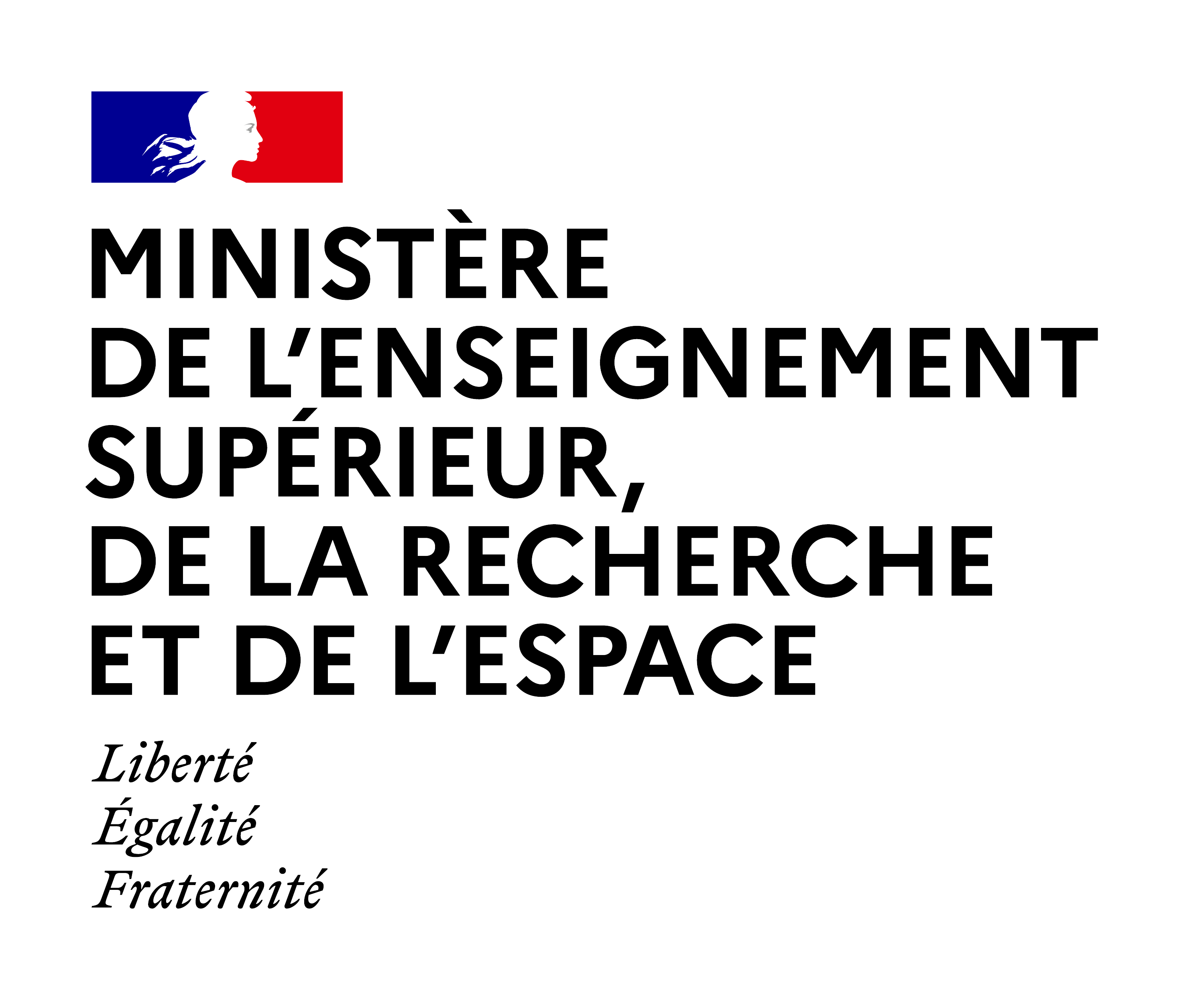Scope:
Engineered living materials (ELMs) are composed, either entirely or partly, of living cells. ELMs entirely composed of living cells are called biological ELMs and they self-assemble via a bottom-up process – e.g. synthetic morphogenesis for organoids’ production. ELMs only partly composed of living cells are called hybrid living materials (HLMs) and are built with a top-down process with integrated polymers or scaffolds. In both cases, the cellular components extract energy from the environment to form or assemble the material itself, and to adapt its morphology and function to environmental stimuli. This endows these materials with a combination of properties not present in any non-living material: self-regeneration, adaptation to environmental clues, longevity and environmental sustainability. By being alive, ELMs represent a fundamental change in materials’ production and performance, enabling new, better or similar functionalities, compared to traditional materials but with decreased costs and environmental impact. ELMs have the potential to transform virtually every modern endeavour from healthcare to infrastructures to transportation.
With this Pathfinder ELMs Challenge the EIC seeks to seize the opportunity to position strategically Europe at the forefront of the ELMs field, which is still in its infancy. This Pathfinder Challenge aims to overcome the technological challenges to harness the engineering potential of nature for materials’ production. The specific objectives of this call are to support the development of new technologies and platforms enabling the controlled production of made-on-demand living materials with multiple predictable dynamic functionalities, shapes and scales; and to build a community of researchers and innovators in ELMs. Reaching these objectives requires a research team that strongly integrates, among others and not exclusively, expertise in synthetic biology, materials engineering, control engineering, artificial intelligence, synthetic or engineered morphogenesis as well as ethical, legal and social aspects (ELSA).
Projects under this call are expected to develop technologies for the production of a minimum of two different living materials (i.e. with different applications, scale - 10 x difference- and cellular composition). The specific expected outcomes depending on the choice of the ELM production process (top-down or bottom-up) are:
- a proof of principle of technologies far beyond the current state-of-the-art enabling the production of a minimum of two novel biological ELMs bigger than 1 cm in all dimensions by programmable and controlled synthetic or engineered morphogenesis (whether with eukaryotic or prokaryotic cells);
or
- a laboratory validated, automated and computer-aided design-build-test-learn (DBTL) platform far beyond the current state-of-the-art able to produce a minimum of two novel HLMs in multiple scales with enhanced or unprecedented properties.
Projects are strongly encouraged to consider multi-cellular ELMs. They are also encouraged to develop technologies that can be easily generalizable and adapted for the production of a broad range of ELMs from different cells.
Projects funded under this call are also expected to collaborate and contribute to the wider ethical, societal and regulatory debate.
Specific conditions for this challenge
In order to apply, your proposal must plan to validate the technologies by producing at least two different living materials (i.e. with different applications, scale - 10 x difference- and cellular composition). These must not be a derivative of each other. The material needs to be formed by living cells as per the definition of ELMs in the introduction of this call. Alternatively if a synthetic cell is used, the synthetic cell must have, prior to the start of the project, a demonstrated ability (via a peer-reviewed scientific publication) of cellular reproduction via cell division and adaptation to environmental clues.
Your proposal also needs to define an integrative approach to assess the needs and implications of the technologies and their limits, including ethical and regulatory requirements.
For more details, see the EIC Work Programme 2021 and the relevant Challenge Guide.





